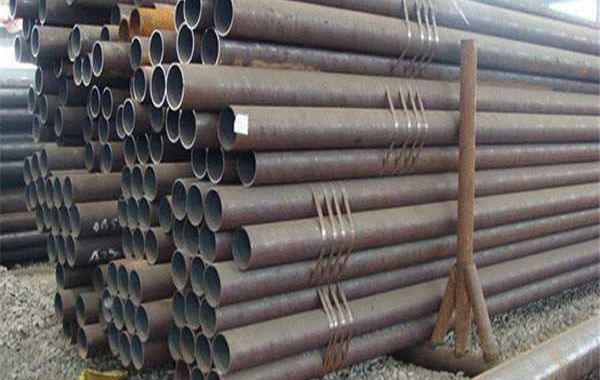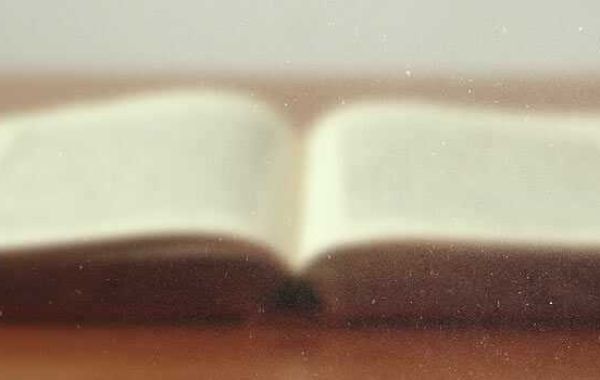1. Clean
Clean the surface of steel with solvent and emulsion to remove the oil, grease, dust, lubricants and similar organic matter. However, this method can not remove the rust, oxide coating and welding flux so that it only acts as an auxiliary means in the anti-corrosion production.
2. Remove Rust by Tools China Valve
Apply some tools to polish the surface of steel and remove the loose or warped oxide skin, rust and welding slag. The effect of manual rust removal with tools can reach the Sa2 level, and power tool cleaning can reach the degree of Sa3. If the surface is attached to the firm oxidized scale, this method is not ideal because of failing to achieve the profile depth required by the anti-corrosion construction.
3. Pickling
In general, chemical and electrolytic methods are used to do pickling treatment. Chemical pickling is only applied to prevent corruption in the pipeline, which can remove the oxide skin, rust and old coating. And it can sometimes be used as the retreatment of sandblasting. Even though chemical cleaning can achieve certain cleanliness and roughness of the surface, the profile is shallow, and it is easy to pollute the environment.
4. Sandblasting
Sandblasting refers to the operation that high-power motor drives the blade to rotate at high speed, and complete the sandblasting treatment for the surface of the steel pipe with abrasives like steel grit, steel shot, wire, mineral under eccentric force. This method can thoroughly clear the rust, oxides and dirt, and the steel pipe can possess the required even roughness under the violent impact of abrasives and friction.
Sandblasting is capable of expanding the role of physical adsorption on the surface of the steel pipe and enhancing the mechanical adhesion between the anti-corrosive coating and the pipe. Therefore, it is an ideal way to remove rust in the pipeline industry. Generally, shot peening is mainly used for the inner surface of the pipe, and shot blasting is mainly for the outer surface.
We need to pay attention to the importance of surface treatment in production and strictly control the processing parameters of rust removal. And in the actual construction, the steel pipe company strength of the anti-corrosion layer greatly exceeds the standard requirements, ensuring the quality of the coating, improving the level of processing and reducing the cost of production.








